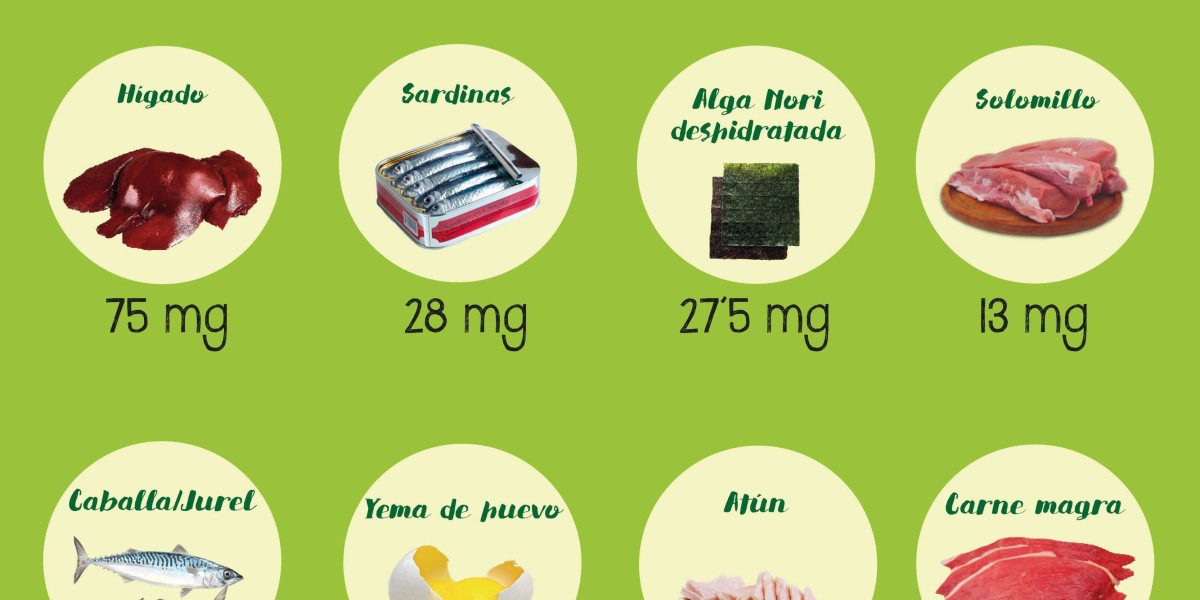The Test of English as a Foreign Language (TOEFL) is a standardized test used to evaluate the English language proficiency of non-native speakers who want to study, work, or live in an English-speaking environment. Administered by the Educational Testing Service (ETS), the TOEFL is widely accepted by universities, colleges, and organizations worldwide. In this guide, we’ll provide a detailed overview of TOEFL, including its structure, scoring system, and tips for preparation.
What is TOEFL?
The TOEFL is designed to assess the ability of non-native English speakers to understand and use English in academic settings. It measures all four language skills—Reading, Listening, Speaking, and Writing—to ensure that test takers are equipped to handle academic tasks in an English-speaking environment.
Types of TOEFL Tests
There are two main formats of the TOEFL:
TOEFL iBT (Internet-based Test): This is the most popular format, administered online at testing centers or at home. The TOEFL iBT covers all four language skills—Reading, Listening, Speaking, and Writing. It is accepted by over 11,000 institutions in more than 150 countries.
TOEFL Paper-based Test (PBT): Although this format is less common, the paper-based TOEFL is offered in regions where the iBT is not available. However, it focuses on Reading, Listening, and Writing only, excluding the Speaking section.
Why Take the TOEFL?
Taking the TOEFL is essential for international students planning to study abroad in countries like the United States, the United Kingdom, Canada, Australia, and many more. It’s also valuable for people looking to work or migrate to English-speaking countries, as many professional organizations and immigration departments require a TOEFL score.
The TOEFL is recognized by universities, government agencies, scholarship programs, and companies globally, making it one of the most trusted tests for demonstrating English proficiency.
TOEFL Test Structure
Understanding the structure of the TOEFL is key to preparing for it effectively. The TOEFL iBT consists of four sections:
1. Reading (60–80 minutes)
The Reading section evaluates your ability to understand and analyze academic texts. You will read 3 to 4 passages from university-level textbooks and answer 36 to 56 multiple-choice questions. Topics may include history, science, literature, and social sciences.
Tips:
- Skim passages first to get a general idea.
- Focus on key points, such as the main idea, supporting details, and the author’s tone or purpose.
2. Listening (60–90 minutes)
In the Listening section, you will listen to lectures, classroom discussions, and conversations related to university life. The section consists of 34 to 51 questions, which may be multiple-choice or fill-in-the-blank.
Tips:
- Take notes while listening, as you won’t be able to replay the audio.
- Pay attention to the speaker’s attitude and purpose, as these often appear in questions.
3. Speaking (20 minutes)
The Speaking section assesses your ability to express your thoughts in English. You’ll respond to 6 tasks, including expressing an opinion on a familiar topic, summarizing information from a reading or listening passage, and discussing personal experiences.
Tips:
- Practice speaking with a time limit to simulate test conditions.
- Focus on clear pronunciation, grammar, and coherence in your responses.
4. Writing (50 minutes)
The Writing section consists of two tasks. In the first, you’ll write an essay based on a reading passage and a lecture. In the second, you’ll express an opinion on a specific topic.
Tips:
- Organize your essays with a clear introduction, body, and conclusion.
- Use examples to support your arguments and proofread your work for errors.
TOEFL Scoring System
The TOEFL iBT is scored on a scale of 0 to 120, with each section—Reading, Listening, Speaking, and Writing—scored out of 30 points. The total score is the sum of these four sections.
Here’s a breakdown of TOEFL score ranges:
- 100–120: Excellent
- 80–99: Good
- 60–79: Average
- Below 60: Needs improvement
Each institution sets its own TOEFL score requirements. For example, many top universities require a score of 90 or above for undergraduate programs and 100 or above for graduate programs.
How to Prepare for TOEFL
Preparing for the TOEFL requires time, dedication, and strategy. Here are some tips to help you get started:
1. Understand the Test Format
Familiarize yourself with the TOEFL test format by taking practice tests. Knowing what to expect on test day will reduce anxiety and boost your confidence.
2. Improve English Skills Daily
Reading English newspapers, listening to podcasts, watching movies, and engaging in conversations with native speakers are excellent ways to improve your language skills.
3. Use Official Study Materials
ETS offers a wide range of official TOEFL preparation materials, including sample questions, practice tests, and tutorials. These resources provide accurate insight into the test content.
4. Focus on Weak Areas
Identify your strengths and weaknesses in each section of the TOEFL. Allocate more study time to the areas that need improvement, whether it’s listening, speaking, reading, or writing.
5. Join TOEFL Preparation Courses
Many institutions and online platforms offer TOEFL preparation courses designed to help students achieve their target scores. These courses often include personalized feedback and study plans.
Conclusion
The TOEFL is an essential test for anyone looking to study or work in an English-speaking environment. Understanding the test format, preparing thoroughly, and using official resources can help you achieve your desired score. With TOEFL, you can unlock global opportunities and take the next step toward your academic or professional goals.
Naijamatta is a social networking site,
download Naijamatta from Google play store or visit www.naijamatta.com to register. You can post, comment, do voice and video call, join and open group, go live etc. Join Naijamatta family, the Green app.
Click To Download

